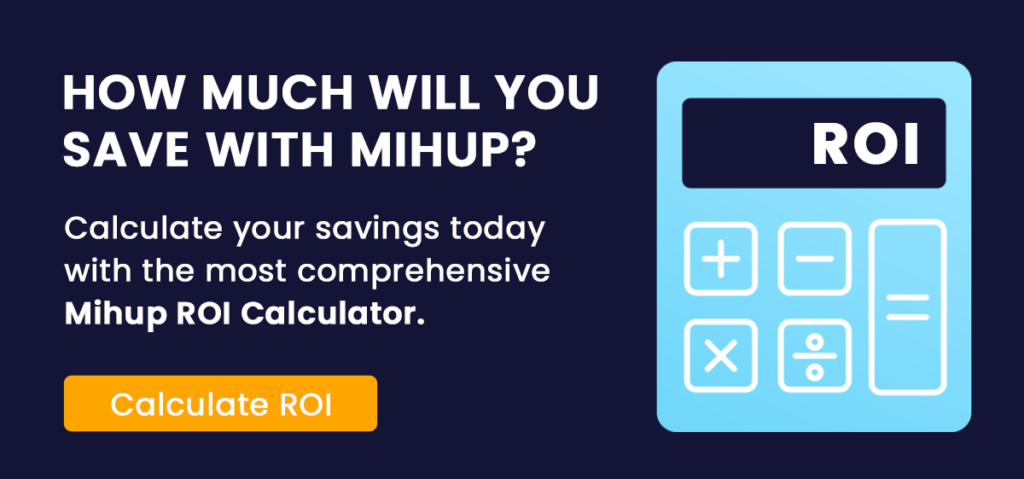At its core, speech analytics is the process of analyzing recorded conversations between customers and call center agents to extract valuable insights that can be used to improve business operations. By analyzing the content of these conversations, businesses can gain a better understanding of customer needs, identify areas for improvement in their products and services, and optimize their operations for better efficiency and customer satisfaction.
In today’s highly competitive business environment, the ability to harness the power of voice data has become a critical factor in driving success. In this article, we will explore the concept of speech analytics, its benefits, and how it can be used to transform businesses in various industries.
The Benefits of Speech Analytics
Speech analytics offers a wealth of benefits for businesses of all sizes, from small startups to large multinational corporations. Here are some of the key advantages of using speech analytics:
Improved Customer Experience: By analyzing customer conversations, businesses can gain insights into customer needs and preferences, identify common pain points, and develop strategies to improve customer satisfaction. This can lead to increased customer loyalty, higher retention rates, and increased revenue.
Better Employee Performance: Speech analytics can also be used to monitor and evaluate the performance of call center agents. By analyzing conversations, businesses can identify areas where agents need improvement and provide targeted training to help them perform better.
Increased Operational Efficiency: Speech analytics can provide insights into the root causes of customer complaints and help businesses identify areas where they can streamline their operations for better efficiency. This can lead to cost savings and increased profitability.
Competitive Advantage: By leveraging the insights gained through speech analytics, businesses can gain a competitive advantage by improving their products, services, and customer experience.
How Speech Analytics Works
Speech analytics is a complex process that involves several steps, including audio recording, transcription, and analysis. Here is a high-level overview of how speech analytics works:
Audio Recording: The first step in speech analytics is to record customer conversations. This can be done using various methods, such as phone calls, live chat, or video conferencing.
Transcription: Once the conversations are recorded, they need to be transcribed into text format. This can be done manually or using automated speech-to-text software.
Analysis: Once the conversations are transcribed, they can be analyzed using various techniques, such as sentiment analysis, keyword spotting, and topic modeling. These techniques can help businesses identify patterns, trends, and insights that can be used to improve their operations.
Reporting: The final step in speech analytics is to report on the insights gained from the analysis. This can be done using various methods, such as dashboards, reports, or alerts.
Speech Analytics in Action
Speech analytics can be used in various industries, from healthcare to finance to retail. Here are some examples of how speech analytics is being used in different industries:
Healthcare: Speech analytics is being used to analyze patient-doctor conversations to identify areas for improvement in patient care, such as better communication and more personalized treatment plans.
Finance: Speech analytics is being used to monitor customer conversations for fraud detection and compliance purposes. By analyzing conversations, businesses can identify suspicious behavior and prevent fraudulent activity.
Retail: Speech analytics is being used to monitor customer interactions with call center agents to identify areas where the customer experience can be improved. By analyzing conversations, businesses can identify common pain points and develop strategies to address them.
Conclusion
In conclusion, speech analytics is a powerful tool that can provide businesses with valuable insights into customer needs, employee performance, operational efficiency, and competitive advantage. By leveraging the power of voice data, businesses can transform their operations and gain a competitive edge in today’s fast-paced business environment.





